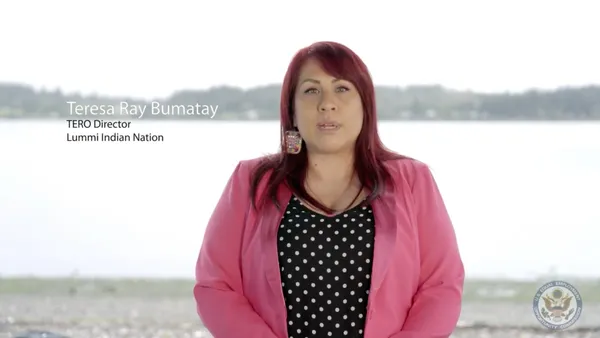Dive Brief:
- The American Association of People with Disabilities (AAPD) and Disability:IN, a nonprofit organization for advancing business disability inclusion and equality, are advocating for greater inclusion at the board level. The organizations jointly submitted letters to the U.S. Securities and Exchange Commission (SEC) Acting Chair Allison Lee and Nasdaq President and CEO Adena T. Friedman requesting that Nasdaq include people with disabilities in its proposed board diversity rules, according to a Feb. 23 announcement.
- In December, Nasdaq filed a proposal asking the SEC to consider requiring the companies listed on Nasdaq's U.S. exchange to provide diversity statistics on its boards of directors. "The rules would require most Nasdaq-listed companies to have, or explain why they do not have, at least two diverse directors, including one who self-identifies as female and one who self-identifies as either an underrepresented minority or LGBTQ+," according to the announcement. AAPD and Disability:IN noted that people with disabilities are not included in the definition.
- "Including disability diversity in the corporate boardroom would mark a major turning point for disability rights and have the single largest impact on the economic independence and quality of life for millions of people with disabilities," Ted Kennedy, Jr., chairman of the AAPD, said in a statement. "If this omission persists, then Nasdaq and the SEC will miss an enormous opportunity to ensure that corporate leadership reflects the diversity of the U.S. and the world."
Dive Insight:
Amid calls for racial justice in 2020, the lack of diversity on many corporate boards was brought to the forefront.
One of the goals of Nasdaq's proposal is to increase transparency for investors on board composition with a focus on creating greater diverse board representation. Studies have shown an association between diverse boards and better financial performance and corporate governance, Nasdaq said in the announcement.
However, individuals with disabilities are not always a priority in regard to diverse representation. About 13% of workplaces in the U.S. have disability-specific inclusion initiatives, according to the Society for Human Resource Management. "This sounds really obvious but when organizations talk about diversity and inclusion they often forget to include disability," Toby Mildon, a diversity and inclusion architect and founder of consultancy Mildon, wrote in a September opinion piece for HR Dive.
Nasdaq's proposal focuses on the diversity of board directors, but oftentimes inclusion is often left out of the conversation when it comes to board governance. "Diversity is having a variety of voices and people in the conversation and inclusion is an environment where all those voices really can be heard," Deloitte US Executive Chair of the Board Janet Foutty told HR Dive in November 2020. "We could have very diverse boards but still not get to better answers and better outcomes for organizations and our society unless we create a really inclusive boardroom and inclusive governance." Foutty spearheaded the creation of a Board Inclusion Framework to analyze where Deloitte's board stood in its inclusion governance journey.
Investors are also advocating for disability inclusion as part of their environmental, social and governance activities, AAPD and Disability:IN said in their announcement. For example, Thomas DiNapoli who is a trustee of the New York State Common Retirement Fund, "the country's third-largest pension fund," requested the SEC create a more comprehensive definition of diversity that includes disability, the organizations said.















